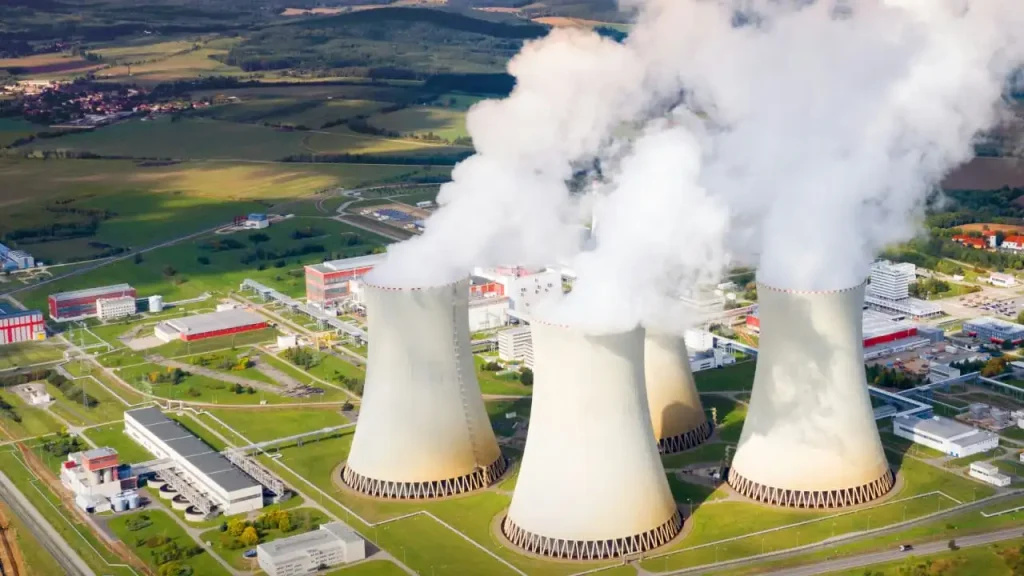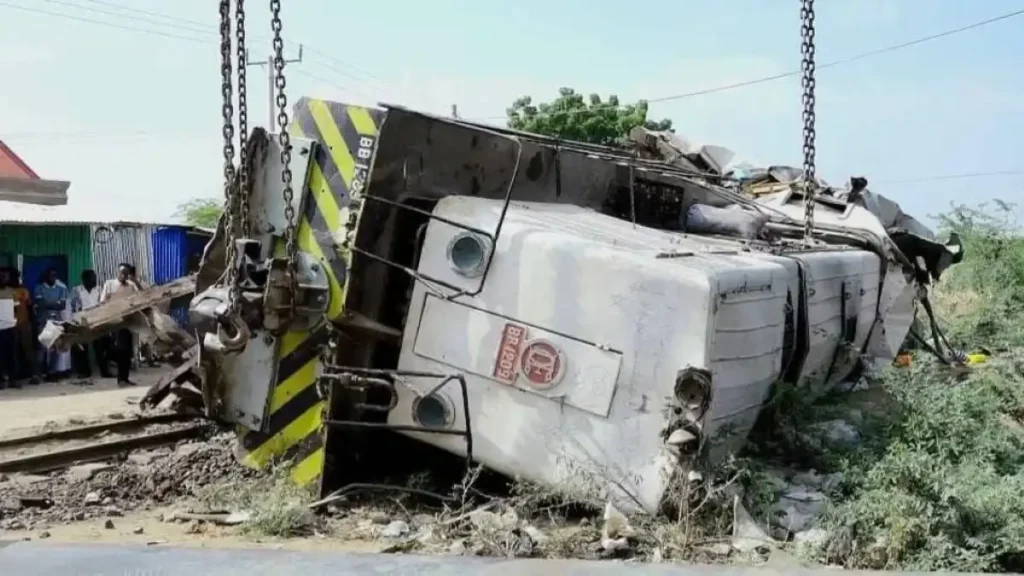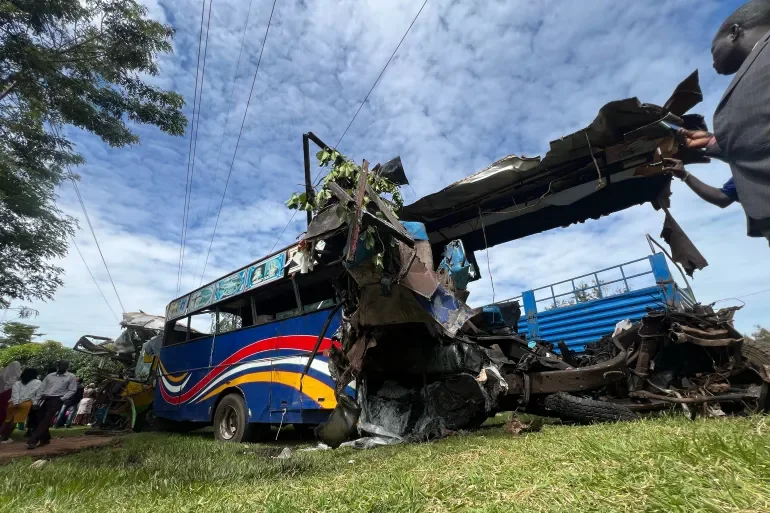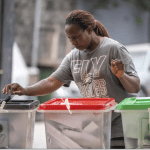South Africa is gearing up to breathe new life into its nuclear ambitions, with plans to lift the “care and maintenance” status of its Pebble Bed Modular Reactor (PBMR) by the first quarter of 2026 or even sooner.
Energy and Electricity Minister Kgosientsho Ramokgopa announced on October 22, 2025, that the nation is close to finalizing internal steps to revive the program, dormant since 2010 after a $577 million investment failed to produce a working prototype.
Once a pioneer in small modular reactors (SMRs), South Africa aims to reclaim its spot in the global nuclear race, driven by growing demand for clean, reliable energy. “We’re almost there,” Ramokgopa said at a press briefing, signaling a bold push to modernize the country’s power grid.
Why SMRs Matter
Small modular reactors are gaining buzz worldwide, with tech giants eyeing them to power data centers. Ramokgopa highlighted their appeal: compact, scalable, and cleaner than coal, SMRs could transform South Africa’s energy landscape.
The state-owned utility Eskom, which runs Africa’s only commercial nuclear plant near Cape Town, is poised to lead the charge. Meanwhile, nations like Egypt, Namibia, Niger, and Ghana are also exploring nuclear to meet rising energy needs.
“We see massive global opportunities,” Ramokgopa said. “Big players are investing heavily in SMRs, and we won’t be left behind.” He pointed to potential partnerships with countries like China, South Korea, the U.S., and Russia to advance the PBMR through the South African Nuclear Energy Corporation.
A Greener Energy Mix
South Africa’s 2025 Integrated Resource Plan (IRP), set for release this week, maps out a future with 105 gigawatts of new power capacity by 2039. Renewables will dominate, with wind (34 gigawatts) and solar (25 gigawatts) leading the way, alongside 16 gigawatts of gas and 5.2 gigawatts of new nuclear.
The plan aims to slash reliance on coal, which currently powers most of the nation but fuels environmental concerns.
The IRP also explores up to 10 gigawatts of additional nuclear capacity, part of a broader strategy to revitalize the nuclear sector. This could create jobs, boost industry, and position South Africa as a clean-energy leader in Africa.
Overcoming Past Hurdles
The PBMR program stalled in 2010 after years of funding without a working model, a setback that frustrated hopes of showcasing South Africa’s nuclear prowess. Now, with renewed focus, Ramokgopa is confident. “We won’t lack partners,” he said, citing global interest in SMRs as a reliable, low-carbon energy source.
South Africa’s energy woes marked by frequent blackouts make this revival urgent. Nuclear offers stable power to complement renewables, especially for industries and growing urban centers.
The PBMR’s modular design promises easier deployment than traditional reactors, fitting the nation’s needs.
Global and Local Context
South Africa’s push aligns with global trends toward cleaner energy. Other African nations are eyeing nuclear, while South Africa’s coal-heavy grid faces pressure to decarbonize. Recent moves, like energy reforms and renewable incentives, show the government’s commitment to a sustainable future.
The revival also taps into economic goals, with nuclear projects potentially drawing foreign investment. As data centers and tech hubs grow, SMRs could power innovation, making South Africa a hub for green tech.
A Bright Nuclear Future
The PBMR’s comeback signals hope for South Africa’s energy security. By early 2026, the program could spark a new era, blending nuclear with renewables to power homes and businesses.
With global partners circling and a clear plan in place, South Africa is ready to shine as a nuclear innovator, leaving coal in the dust.























